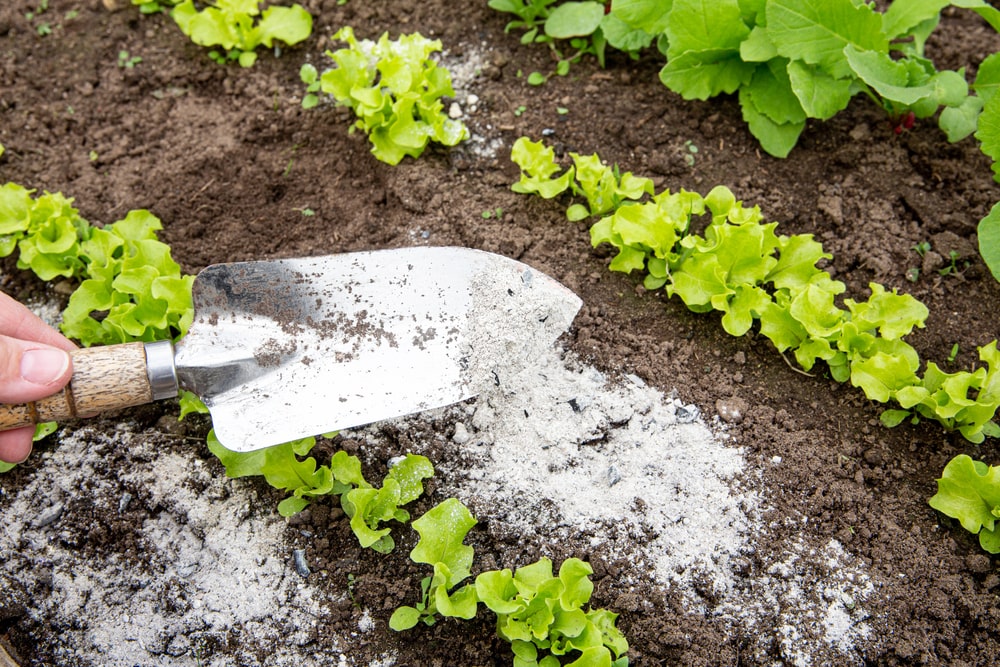WOOD ASHES: GOOD IDEA OR A BAD IDEA?
Quick answer to the question above is—GOOD IDEA, but to use IN MODERATION.
Like with most everything, knowledge is key in doing it right and with success. After that cold spell over the holidays, many used their fireplaces and wood stoves to keep warm. As a result, they created wood ashes that need to be cleaned out and disposed.
Here is what I think you want to know before using wood ashes in your gardens:
- Wood ash can be a valuable source of certain nutrients and can also be used to modify soil pH.
- Carbonates found in wood ash react with and neutralize acid in the soil, causing the soil pH to increase. These levels of carbonate will vary depending on the type of wood burned. In a perfect world it would always be best to test the soil pH before spreading ashes. If this test reveals that your soil pH is 6.5 to 7.0 or more then I would not recommend adding wood ash. Too high a pH can lock up nutrients to your plants.
- Calcium is the plant nutrient most commonly found in wood ash as well as Potassium. On a more minor scale you can find Magnesium, Phosphorus, and Sulfur in wood ash.
- Lawns needing lime and potassium benefit from wood ash—10 to 15 pounds of wood ash per 1,000 square feet.
- Do NOT spread ashes around acid-loving plants such as azaleas, rhododendrons, camellias, hollies, blueberries, etc. These plants would suffer and not perform with a soil pH too high.
I hope you find this information helpful as we continue going through winter. I think a good gardening resolution for 2023 is for all of us to be kinder to our environment and find ways to become more sustainable and reuse what we can. Ask yourself, “Can I do something with this?” When it comes to wood ash it has several useful benefits.
HAPPY GARDENING IN 2023!!

